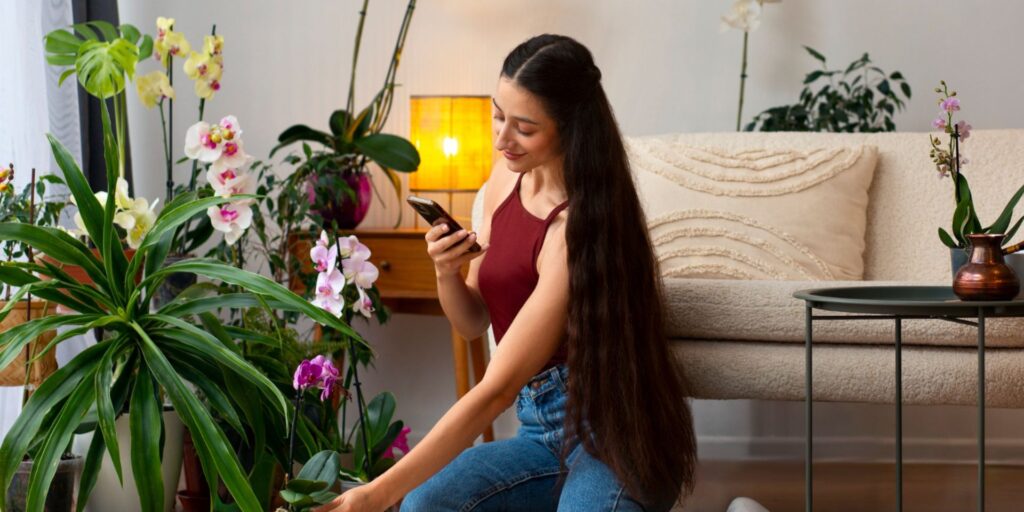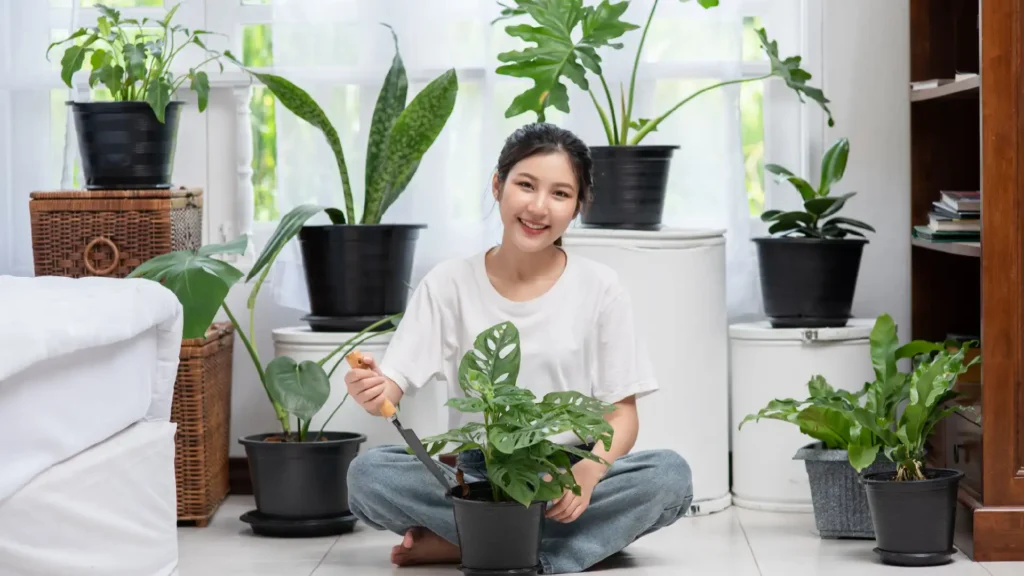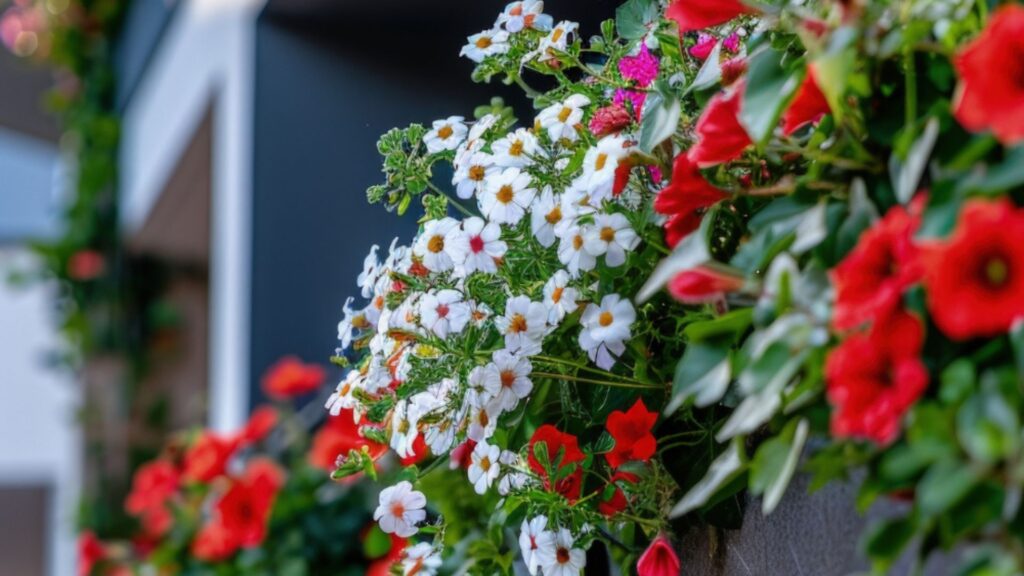Indoor plants not only add a touch of greenery to your living spaces, but they also serve as natural air purifiers, enhancing air quality and creating a healthier environment. For those who are new to indoor gardening, selecting the right plants is essential. This guide will introduce you to air purifying plants that are perfect for beginners in India, helping you maintain a fresh, vibrant, and toxin-free home.
Best Indoor Plants for Beginners in India
Indoor air quality has become a growing concern, particularly in urban areas where pollution is prevalent. The solution? Air purifying plants, which not only act as beautiful decorative elements but also help to remove harmful pollutants from the air, such as formaldehyde, benzene, and carbon monoxide. For beginners looking to start their indoor gardening journey, there are many low-maintenance plants that are perfect for Indian homes.
In this guide, we will explore the best indoor plants for beginners in India that have air-purifying qualities. Whether you’re living in a city apartment or a suburban home, these plants are easy to care for and will help you create a healthy, green oasis.
Benefits of Air Purifying Plants
Indoor plants do much more than just beautify your space. Here are the key benefits of having air-purifying plants in your home:
Improved Air Quality
Some plants can absorb toxins and pollutants like formaldehyde, xylene, and ammonia through their leaves. This process helps in purifying the air, making it healthier for you and your family.
Natural Humidifiers
Plants release moisture through a process known as transpiration, which can naturally increase the humidity in your home. This is particularly beneficial during dry seasons when the air tends to be too dry for comfort.
Stress Reduction
Studies have shown that plants can help reduce stress levels and improve mood. The presence of greenery in your home can provide a calming effect, making it a more relaxing place to live.
Increased Oxygen
Plants absorb carbon dioxide and release oxygen during photosynthesis. Having air-purifying plants in your living space can help increase oxygen levels, improving overall well-being.
Top 10 Air Purifying Plants for Beginners
Here are the best indoor plants for beginners in India that offer both aesthetic and health benefits:
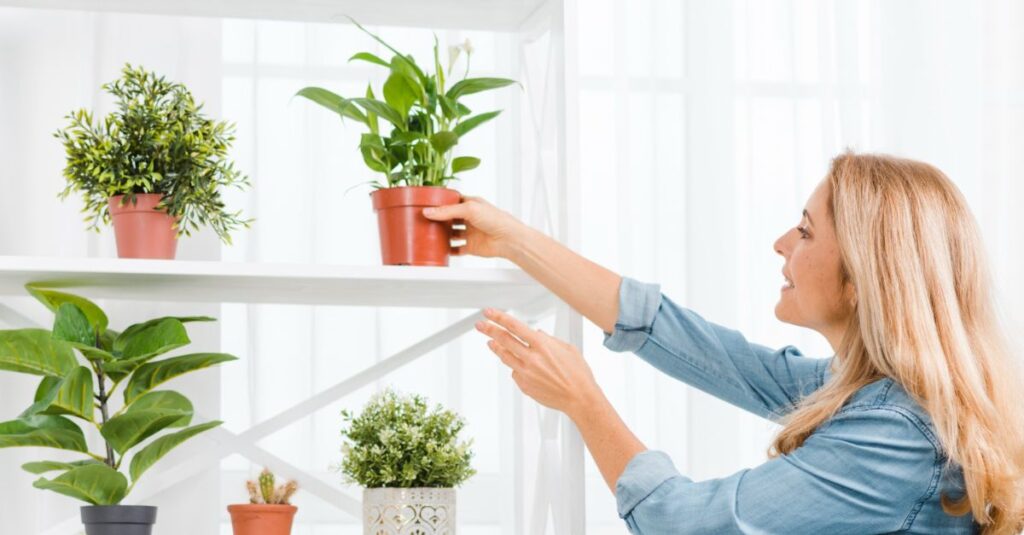
1. Snake Plant (Sansevieria trifasciata)
- Benefits: Known for its striking sword-like leaves, the Snake Plant is one of the most effective air-purifying plants. It removes toxins like formaldehyde and nitrogen oxide from the air.
- Care: Snake Plants thrive in low light and need minimal watering. It’s perfect for those who travel or have a busy lifestyle.
2. Areca Palm (Dypsis lutescens)
- Benefits: The Areca Palm is a natural air purifier that also adds a tropical vibe to your home. It removes toxins like formaldehyde, xylene, and toluene from the air.
- Care: It requires indirect sunlight and regular watering but is relatively low maintenance.
3. Spider Plant (Chlorophytum comosum)
- Benefits: Spider Plants are known for their ability to filter out carbon monoxide, formaldehyde, and xylene. They’re great for beginners because they’re hard to kill and can thrive in a variety of conditions.
- Care: Keep it in indirect sunlight and water it moderately.
4. Money Plant (Epipremnum aureum)
- Benefits: The Money Plant is not only believed to bring good luck, but it’s also an excellent air purifier. It removes formaldehyde and other toxins while being easy to maintain.
- Care: Money Plants require bright, indirect sunlight and occasional watering. It’s perfect for indoor spaces like living rooms and offices.
5. Aloe Vera (Aloe barbadensis miller)
- Benefits: Aloe Vera is a succulent known for its medicinal properties and air-purifying abilities. It effectively removes formaldehyde and benzene, which are commonly found in household cleaners.
- Care: Aloe Vera needs bright light and minimal watering, making it a great option for beginners.
6. Peace Lily (Spathiphyllum)
- Benefits: Peace Lilies are known for their beautiful white blooms and air-purifying qualities. They remove pollutants like ammonia, benzene, and formaldehyde from the air.
- Care: Keep the Peace Lily in a shaded area and water it regularly to keep the soil moist but not soggy.
7. Rubber Plant (Ficus elastica)
- Benefits: The Rubber Plant is a stunning, low-maintenance plant that removes toxins such as formaldehyde from the air. Its large, shiny leaves make it a great decorative piece.
- Care: Rubber Plants prefer bright, indirect sunlight and need watering once the soil has dried out.
8. Boston Fern (Nephrolepis exaltata)
- Benefits: Boston Ferns are excellent at purifying the air from pollutants like formaldehyde and xylene. They also help increase humidity, making them ideal for dry environments.
- Care: These ferns prefer indirect sunlight and require regular watering to maintain high humidity levels.
9. Bamboo Palm (Chamaedorea seifrizii)
- Benefits: The Bamboo Palm is a powerful air purifier, removing toxins like benzene and formaldehyde from the air. It also helps to increase humidity levels.
- Care: It thrives in low light and requires moderate watering.
10. Dracaena (Dracaena marginata)
- Benefits: Dracaena is known for its ability to remove formaldehyde, benzene, and trichloroethylene from the air. Its tall, spiky leaves add a dramatic touch to any room.
- Care: Dracaena prefers bright, indirect sunlight and needs to be watered when the soil feels dry to the touch.
How to Care for Your Indoor Plants
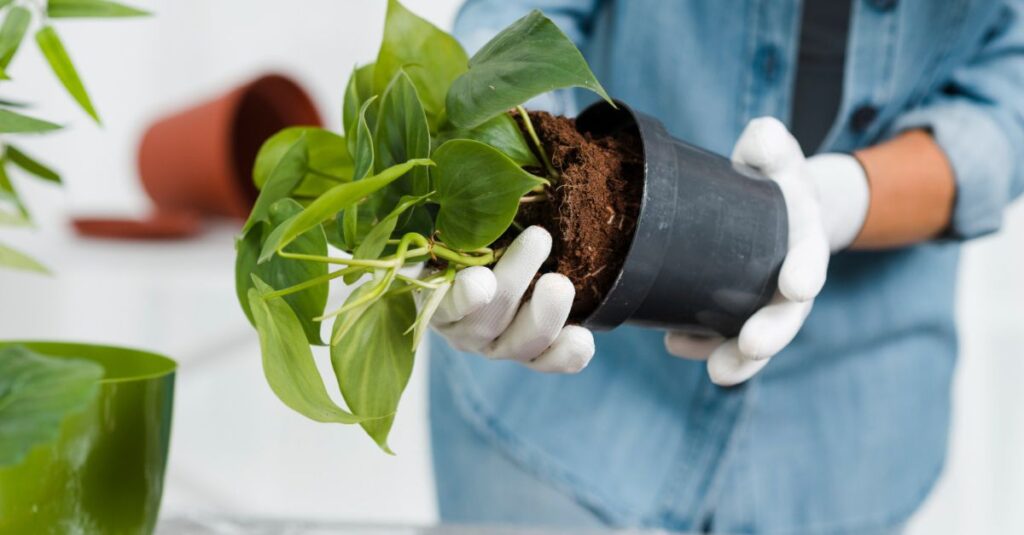
Pic Source @freepic
For beginners, taking care of indoor plants may seem daunting, but with a few simple tips, you can ensure that your air-purifying plants thrive:
- Watering: Overwatering is a common mistake. Most indoor plants prefer their soil to dry out between watering sessions. Check the soil with your finger to ensure it’s dry before watering.
- Light: Each plant has different light requirements. While some plants thrive in low light, others require bright, indirect sunlight. Place your plants accordingly to help them grow.
- Soil: Ensure that you use the right type of soil for your plants. Most indoor plants prefer well-draining soil to prevent root rot.
- Humidity: Some plants, like ferns, require high humidity levels. If your home is dry, consider misting your plants or placing a humidifier nearby.
- Fertilizing: Use a balanced, water-soluble fertilizer during the growing season to give your plants the nutrients they need.
Where to Place Your Indoor Air Purifying Plants
Where you place your plants is just as important as how you care for them. Here are some tips on where to position your air-purifying plants for optimal results:
- Living Room: Snake Plants, Money Plants, and Peace Lilies work well in living rooms due to their ability to remove toxins from the air.
- Bedroom: Place a Snake Plant or Aloe Vera in your bedroom to improve air quality and increase oxygen levels at night.
- Bathroom: Boston Ferns and Spider Plants thrive in humid environments, making them perfect for bathrooms.
- Kitchen: Aloe Vera and Spider Plants are great for kitchens as they can help to remove toxins from cleaning products and cooking fumes.
Common FAQs
Q: Are air-purifying plants safe for pets?
Ans: Some plants, such as Peace Lilies and Aloe Vera, can be toxic to pets if ingested. If you have pets, make sure to choose non-toxic plants or keep the toxic ones out of reach.
Q: How often should I water my indoor plants?
Ans: Most indoor plants prefer their soil to dry out between waterings. Overwatering can lead to root rot, so it’s best to check the soil before watering.
Q: Can air-purifying plants improve sleep quality?
Ans: Yes, plants like the Snake Plant and Aloe Vera release oxygen at night, which can help improve air quality and promote better sleep.
Conclusion
Choosing the right air purifying plants can make a big difference in your home’s air quality, aesthetics, and overall well-being. For beginners, it’s important to start with low-maintenance plants that are easy to care for. The best indoor plants for beginners in India, like Snake Plant, Money Plant, and Aloe Vera, are perfect for those who want to create a green, healthy space without too much effort.
By incorporating these plants into your home, not only will you enjoy a cleaner, fresher environment, but you’ll also experience the calming and therapeutic effects that indoor gardening brings.
